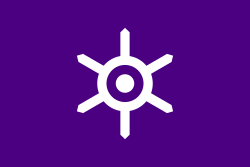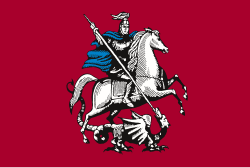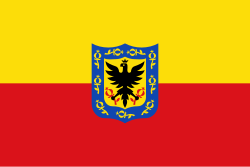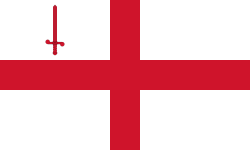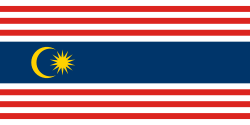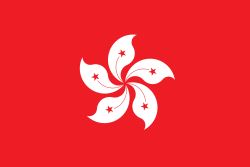
The list of city flags lists the flags of cities. Most of the city flags are based on the coat of arms or emblems of its city itself, and city flags can be also used by the coat of arms and emblems on its flag. Most of the city flags are flown outside town halls and councils.
Contents
Due to its size, the list is split into continents:
